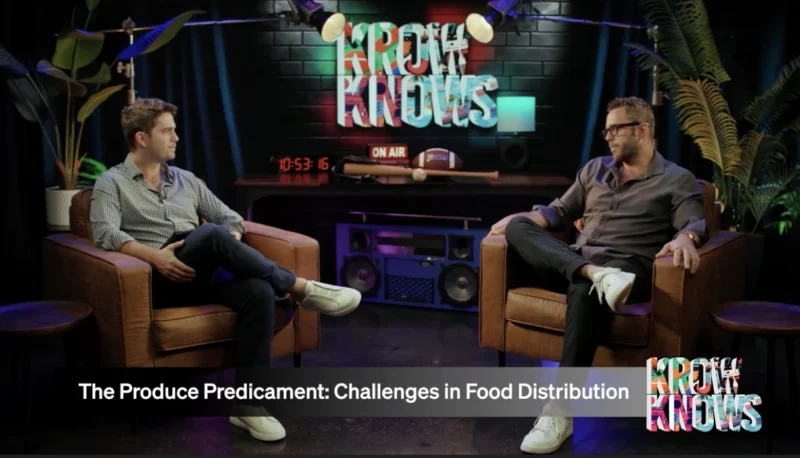Is There An Alternative Option To Traditional Delivery Apps for Small Businesses?
In the gig economy, restaurants and local businesses are increasingly turning to third-party delivery apps.
There are challenges, however, especially over the past year with the COVID-19 Pandemic.
What can these small companies do to scale their at-home delivery business while also staying true to their mission and brand?
Daniel Litwin hosted Promenade Founder and COO Gregg Weisstein to discuss how local businesses can sustain and build their local delivery service.
Many e-commerce delivery options are built for small businesses, but not specific industries. They might produce the scale but not necessarily what a company is creating for the end-user.
“I think there’s always been a need for industry-specific solutions,” Weisstein said, “whether it’s online or offline. The way a pizza shop is run is obviously different than how a flower shop is run.”
Weisstein elaborated the difference in things such as inventory and customer expectations for different industries. When developing these delivery apps, these things can be taken into consideration.
“Those larger platforms are focused on the customer … and how can they acquire as many customers and profit,” Weisstein said.
For the business focusing on making a presence and bringing in customers, the problem arises when they start getting a ton of volume and realize it’s not profitable because they have to spend to build out the infrastructure. They also deal with the initial hurdle of building a delivery service, either through in-house or third-party apps.
“Take a pizzeria, for example, they know how to make great pizza, but they don’t necessarily know how to build a presence online,” Weisstein said.
Follow us on social media for the latest updates in B2B!
Twitter – @MarketScale
Facebook – facebook.com/marketscale
LinkedIn – linkedin.com/company/marketscale








